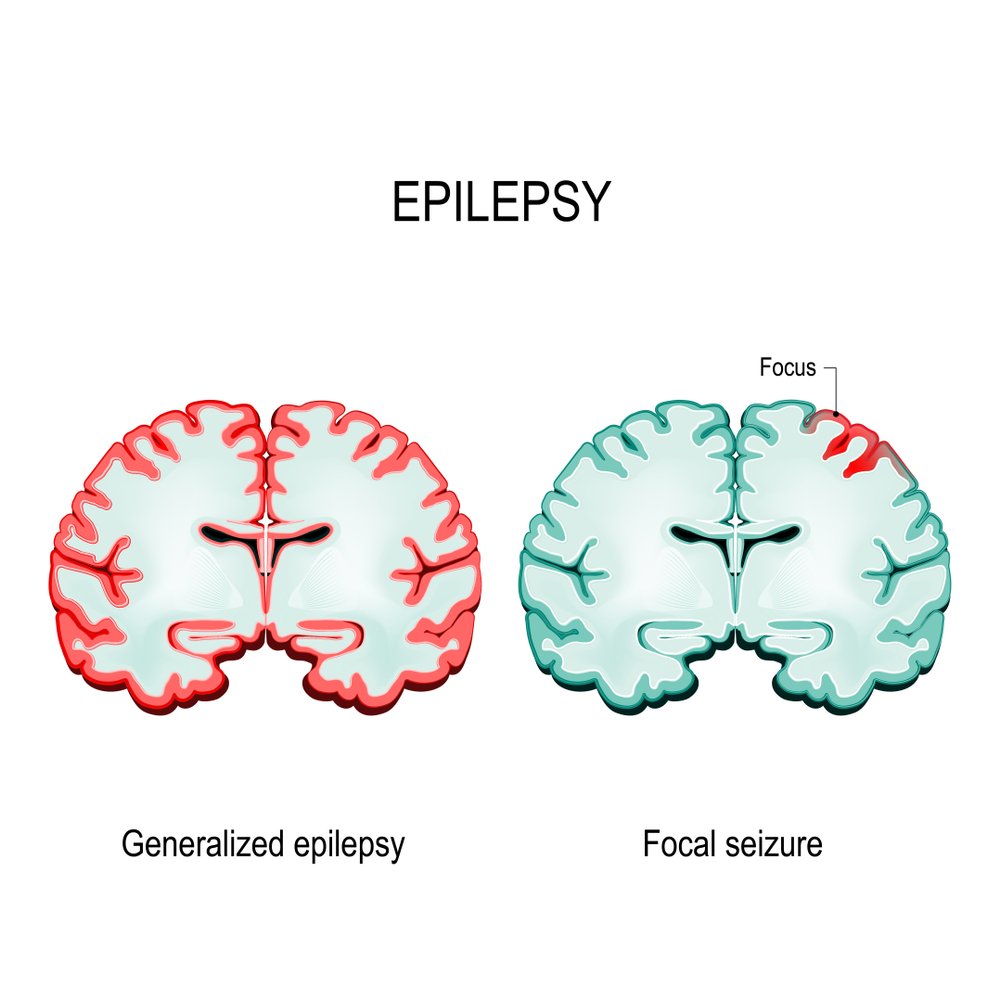Understanding the Symptoms of Idiopathic Epilepsy
Idiopathic epilepsy, also known as primary or genetic epilepsy, is a neurological condition characterized by recurrent seizures without an identifiable cause. Unlike other forms of epilepsy, where seizures are often linked to brain injury, tumors, or other underlying conditions, idiopathic epilepsy has no discernible structural abnormalities in the brain. The term “idiopathic” essentially means “of unknown cause,” though it is often associated with genetic factors. Recognizing the symptoms of idiopathic epilepsy is important for timely diagnosis and effective management.
What is Idiopathic Epilepsy?
Idiopathic epilepsy is one of the most common types of epilepsy, particularly in children and young adults. It is believed to be largely genetic, with certain gene mutations making individuals more susceptible to seizures. Despite its genetic roots, idiopathic epilepsy is a complex condition that can vary widely in how it presents itself, which is why recognizing the indications of idiopathic epilepsy is so essential.
Prevalence of Idiopathic Epilepsy
Idiopathic epilepsy is a relatively common neurological disorder. According to the Centers for Disease Control and Prevention (CDC), approximately 3 million people in the United States have epilepsy. The prevalence of idiopathic epilepsy within this population varies, but it is a significant contributor to the overall burden of epilepsy.
Key Symptoms of Idiopathic Epilepsy
The symptoms of idiopathic epilepsy can be diverse, ranging from mild to severe, and they often depend on the type of seizures a person experiences. Here are some of the most common symptoms:
- Generalized Seizures: These seizures involve the entire brain and are often the hallmark of idiopathic epilepsy. They can manifest as convulsive or non-convulsive seizures. Convulsive seizures, also known as tonic-clonic seizures, involve a loss of consciousness, muscle rigidity, and jerking movements. Non-convulsive seizures, such as absence seizures, cause brief lapses in awareness, often mistaken for daydreaming.
- Aura: Some individuals with idiopathic epilepsy experience an aura before a seizure. An aura can involve strange sensations, such as tingling, déjà vu, or an odd smell or taste. Recognizing this early symptom can sometimes help the individual prepare for an impending seizure.
- Myoclonic Jerks: These are sudden, brief muscle jerks that can affect any part of the body. Myoclonic jerks are a common manifestation of idiopathic epilepsy, particularly in forms like Juvenile Myoclonic Epilepsy. These jerks are typically pronounced in the morning and may lead to the diagnosis of epilepsy if they occur frequently.
- Absence Seizures: These are characterized by brief, sudden lapses in consciousness, often lasting only a few seconds. The individual may appear to be staring into space, unresponsive to external stimuli. This symptom of idiopathic epilepsy is most commonly observed in children and can often go unnoticed because of its subtlety.
- Tonic-Clonic Seizures: These are the most dramatic type of seizure, involving a loss of consciousness, body stiffening (tonic phase), followed by jerking movements (clonic phase). Tonic-clonic seizures are one of the most recognizable symptoms of Idiopathic Epilepsy and can be quite frightening for both the individual and those around them.
- Triggers: While the exact triggers can vary from person to person, common triggers for seizures in idiopathic epilepsy include sleep deprivation, stress, flickering lights, and hormonal changes. Being aware of these triggers and their impact on the symptoms of Idiopathic Epilepsy can help in managing the condition.
Diagnosing Idiopathic Epilepsy
The diagnosis of idiopathic epilepsy is primarily clinical, based on the individual’s history and the symptoms of Idiopathic Epilepsy. However, several tests can support the diagnosis:
- Electroencephalogram (EEG): This test measures electrical activity in the brain and can detect abnormalities consistent with epilepsy. In idiopathic epilepsy, the EEG may show generalized spike-wave discharges, even when the person is not having a seizure.
- Magnetic Resonance Imaging (MRI): While idiopathic epilepsy does not involve structural brain abnormalities, an MRI may be performed to rule out other potential causes of seizures, such as tumors or brain malformations.
- Genetic Testing: In some cases, genetic testing may be recommended, especially if there is a family history of epilepsy. Identifying specific gene mutations can provide more information about the type and prognosis of epilepsy.
Treatment and Management
Understanding the symptoms and treatment of idiopathic epilepsy is key to managing the condition effectively. Treatment typically involves a combination of medication, lifestyle adjustments, and sometimes, neurology clinical trials to explore new therapies.
- Medications: Anti-seizure medications (also known as antiepileptic drugs or AEDs) are the cornerstone of epilepsy treatment. The goal is to control seizures with the fewest side effects. Common medications include valproate, levetiracetam, and lamotrigine. The choice of medication depends on the specific symptoms of Idiopathic Epilepsy and the type of seizures the individual experiences.
- Lifestyle Adjustments: Managing triggers is an essential part of treatment. Ensuring regular sleep, reducing stress, and avoiding known seizure triggers like flashing lights can significantly reduce the frequency of seizures. Additionally, individuals with idiopathic epilepsy are often advised to maintain a healthy diet and avoid excessive alcohol consumption, which can exacerbate symptoms of idiopathic epilepsy.
- Regular Monitoring: Regular follow-ups with a neurologist are important to monitor the effectiveness of treatment and make any necessary adjustments. Over time, some individuals may require changes in their medication regimen to maintain control over their seizures.
Living with Idiopathic Epilepsy
Living with idiopathic epilepsy can be challenging, but with the right management strategies, individuals can lead full and active lives. Education about the condition, understanding the symptoms of idiopathic epilepsy, and being proactive in treatment are crucial. Support from healthcare providers, family, and epilepsy support groups can also make a significant difference in managing the emotional and psychological impact of the condition.
Conclusion
Idiopathic epilepsy is a complex and often unpredictable condition but knowing its symptoms and treatment options can greatly improve the quality of life for those affected. By recognizing the symptoms of idiopathic epilepsy and seeking timely medical care, individuals can achieve better control over their seizures and reduce the risk of complications. Whether through medication, lifestyle changes, or participation in Neurology Clinical Trials, there are many paths to managing idiopathic epilepsy effectively. With ongoing research and advancements in treatment, there is hope for improved outcomes and, eventually, a cure for this challenging neurological disorder.
Explore https://newstips.co.uk/ for the latest blogs.






